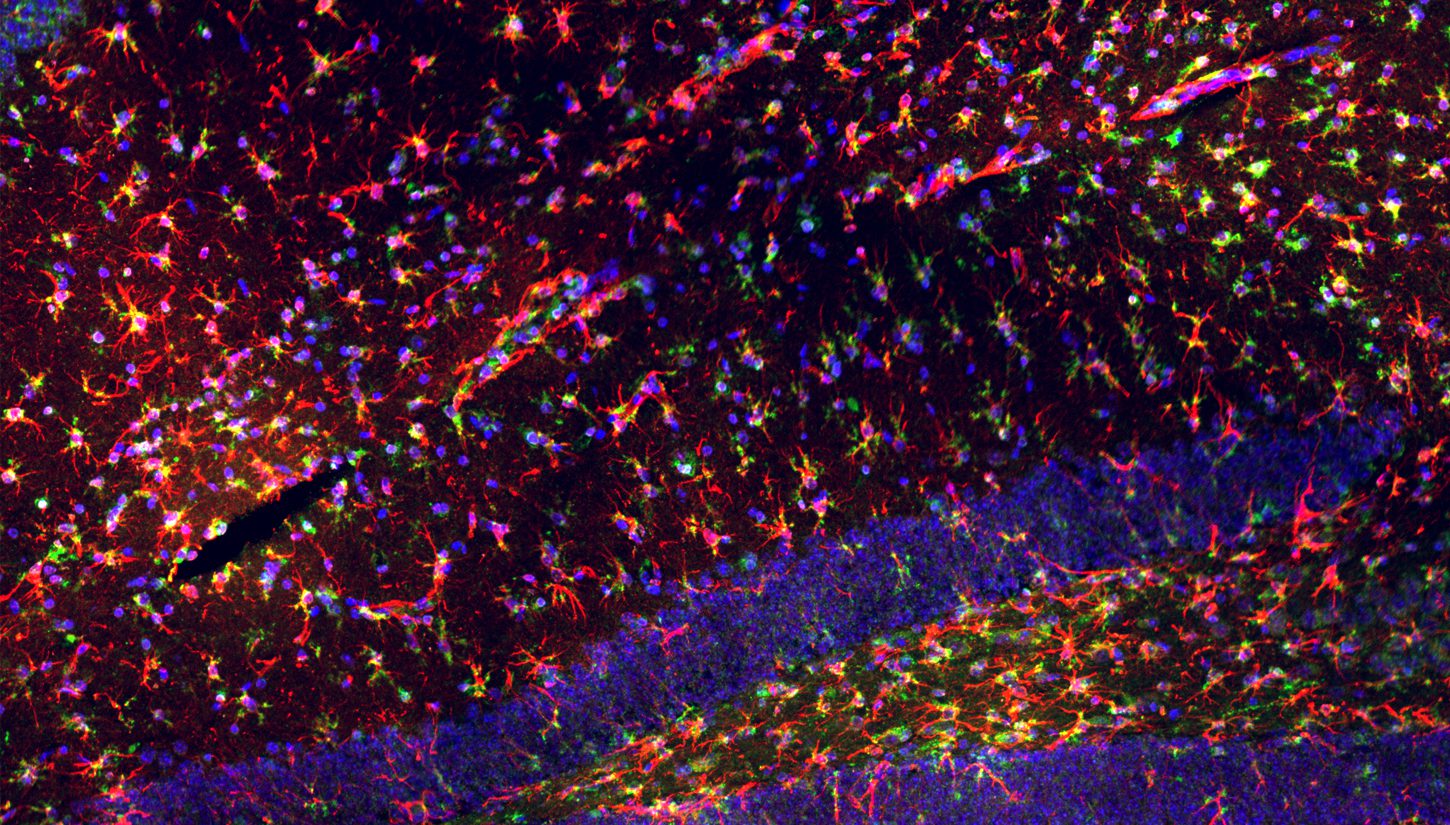There are several thousand different rare diseases and disorders, which often include a very small patient group. Consider Hunter syndrome, a hereditary metabolic disease that affects one in every 150 thousand live-born children. For them, a solution may be on the horizon: gene therapy.
In fact, the situation is somewhat paradoxical: rare diseases are conditions which together affect between 6 to 8 percent of the population in the Netherlands. That amounts to a total number of at least 1 million people. However, because so many different rare diseases exist, any single condition tends to have only a few patients. In the case of Hunter syndrome, these numbers are very small. Currently, in the Netherlands there are around twenty children diagnosed with this severe metabolic disease.
Repairing a genetic defect
Hunter syndrome is caused by an error in the DNA. Roughly two-thirds of young patients develop severe cerebral damage as well as dementia. As a result, they don’t live beyond their teenage years. However, the same gene therapy which is effective against Pompe disease might also work for Hunter syndrome. This has been demonstrated in the lab at Erasmus MC University Medical Centre, the centre of expertise in which all the research and treatment for this condition has been clustered. By permanently repairing the DNA error, the disease could be treated with just a single intervention over a lifetime. Within a few years, Erasmus MC will be ready to study this in a clinical trial to determine if it actually works ‘in real life’.
A blueprint for other diseases
Dioraphte is supporting the development of this treatment with a donation. The Erasmus MC intends to develop the therapy in-house, and if successful it will be available for a transparent and affordable price. Medication for rare diseases is often extremely expensive, especially since the commercial developer must recover their costs from a small patient group. An added anticipated revenue is that the therapy for Hunter may serve as a blueprint for treating other genetic brain diseases. Reason enough to help fund this very promising development.
Money for promising research
‘In our group, fundamental science and clinical research converge. That way you can work on new therapies in a very focused way. It is truly satisfying to be able to work together and transform findings from the lab into an effective treatment. Gene therapy offers enormous potential, but research into rare diseases hardly ever receives funding. Which is why a foundation like Dioraphte – alongside others that support us – is so important. The gene technology we are developing for Hunter at present could be used to repair other genetic defects later on. Therefore, a lot of money is still required. I think it’s great that the Dioraphte team wants to think about this too.’
Pim Pijnappel, head of the molecular stem cell biology research group
